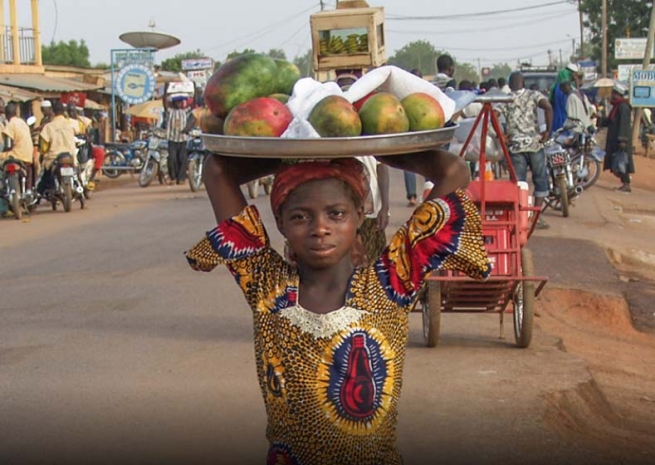Nearly 160 million children work in the world. Of these, nearly half, more than 73 million, perform hazardous work that puts their lives at risk. In the 21st century, more than nine million children in the world suffer the worst forms of exploitation: they are slaves. Sunday, April 16, 2023, is International Day Against Child Slavery, and from "Misiones Salesianas," the Salesian Mission Office of Madrid, a commitment is reiterated to break the chains that oppress millions of children around the world so they can enjoy their childhood.
They work long hours with little rest. Most work in mines, on farms or as domestic slaves. Others participate in armed conflicts, beg or are forced to marry by parental decision. All are mistreated and many are victims of human trafficking and sexual abuse. They do not go to school, they do not know their rights, and they or their families have been deceived into ending up enslaved and deprived of their childhood.
On World Day Against Child Slavery, Salesians want to continue to give visibility to these children to whom they are dedicating their lives in so many countries in Africa, Asia and America. The objective is clear: that there be a political and social commitment to finally end slavery in the 21st century.
The consequences for the nearly 160 million children in the world who are forced to work are many, but the main one is the loss of childhood and difficulties in development. They live far from their families, have no education and no access to health care. They have lost their childhood and have no time to play and often no time to rest either.
Slavery was abolished more than two centuries ago, but it still exists. It is present in the lives of at least nine million children working in domestic services, loading goods in ports, mines, factories, armed conflicts, the scourges of child trafficking and prostitution, child marriages and children forced to beg.
Salesians work with administrations to raise awareness of children's rights among families and employers. Through family homes and juvenile centers, they try to make children feel safe and create a peaceful family environment, while social workers seek families for their reintegration.
The most important tool for breaking the chains of child slavery is education. Children who know their rights and have the opportunity to train and learn will be able to change their future without losing their childhood.


